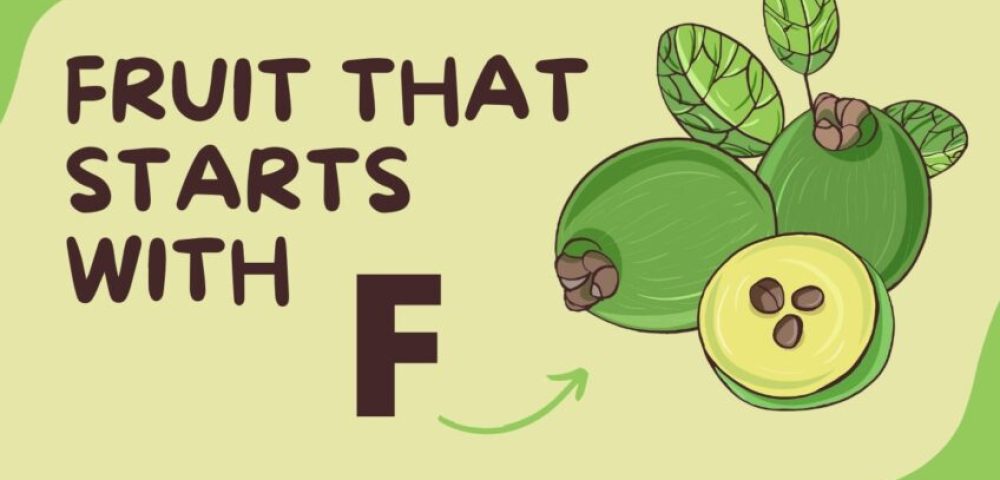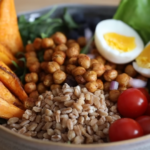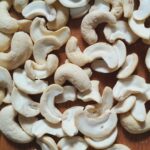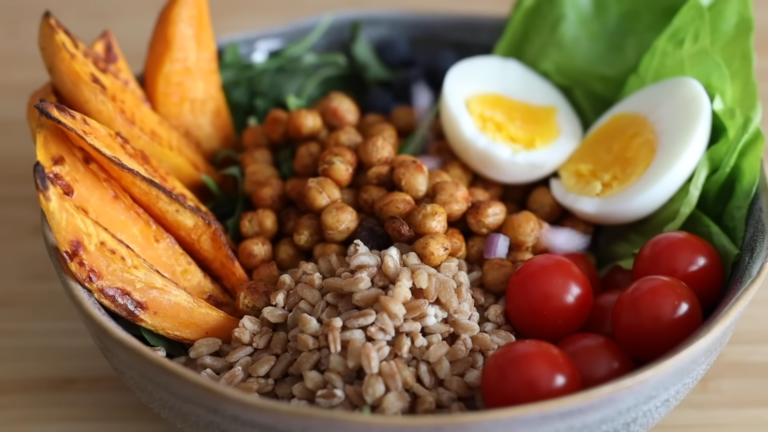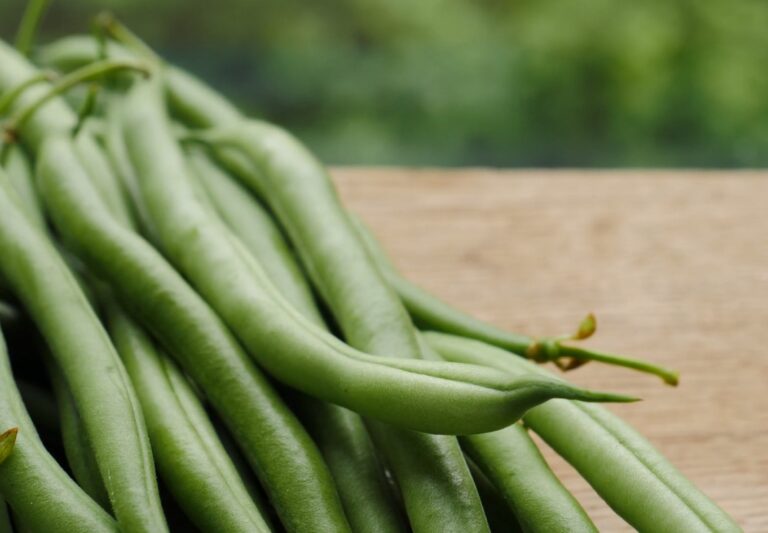The fruits start with every letter, such as A-Z. It’s maybe difficult for you to find out all the fruit that starts with f, but you won’t worry about that because I have made a list of all the fruits that start with the letter f.
Do you already know about fruits with f? Here discover more healthy food that start with j.
Before proceeding to the fruit list, I want to tell you that the list has prepared on research-based with detailed information and pictures of every fruit. Here see more fruit that starts with N.
Page Contents
Quick Overview Of The List Of Fruit That Starts With F
- Fairchild sparkleberry
- Farkleberry
- False mastic
- Feijoa
- Finger Lime
- Forest Strawberries
- Fibrous Satinash
- Florida Strangler Fig
- Fuji Apple
- Filbert
- Florentine Citron
- Fox Grape
- Fukushu Kumquat
- Florida Cherry
List Of Fruit That Starts With F
Fairchild sparkleberry
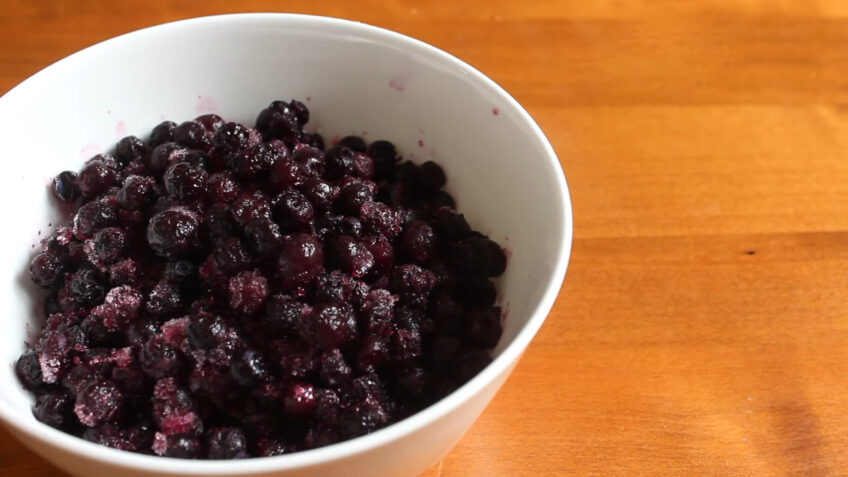
Fairchild Tangerine is a hybrid among Clementine and Orlando tangelo. The skin of it has an orange color. The skin of Fairchild Tangerine is good for cancer and indigestion prevention. You can’t eat its skin, but you can add the rinds of tangerine as a salad to boost the flavor and texture.
The second name of Tangerine is mandarin.
The Honey Murcott is the best tasting tangerine in all varieties. They have the flavor of honey and cinnamon. If you eat tangerines every day, it will improve your digestion, control blood pressure, protect your heart, and reduce the risk of a heart attack.
Farkleberry
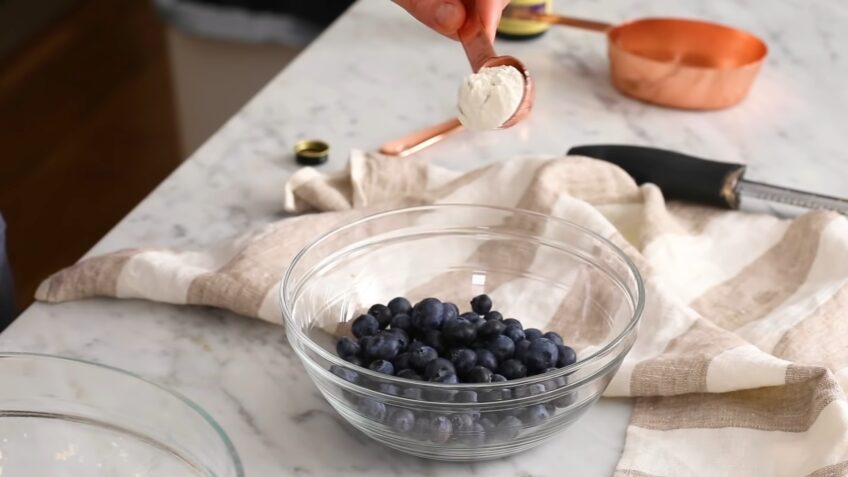
Farkleberry is a small tree of the southeastern U.S, which has small hard blackberry with stony seeds that are planted on firm ground flowering up quickly. They are mostly related to the blueberry, and they are summer fruits with a distinguished color.
The second name of Farkleberry is sparkleberry.
sparkleberry has many health benefits and its juice is used for dysentery’s treatment purposes, which is the intestinal infection that causes diarrhea and mucus found in the stool that signifies bacterial infections.
False mastic
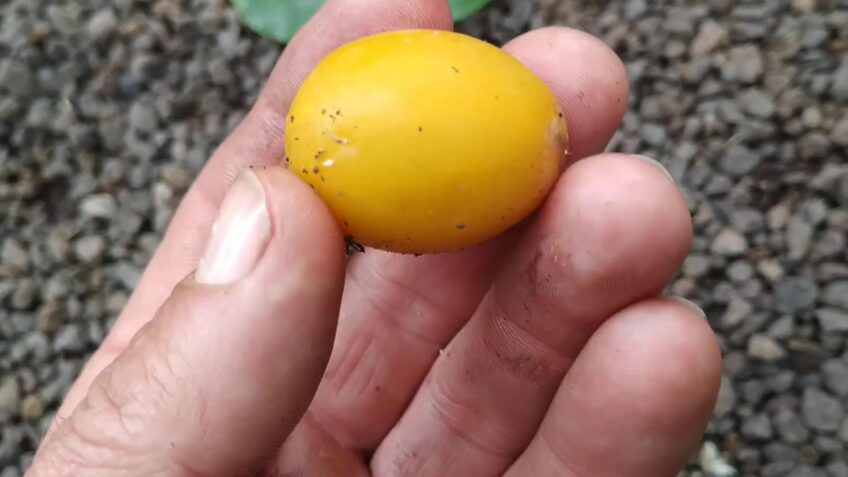
This fruit is also called Sideroxylon foetidissimum and yellow mastic. It is a sort of flowering plants that have more than 800 species of green tree and shrubs. False mastic is native to Florida in the united states and can also be found in the Caribbean and northern areas.
The origin of false mastic is the 1940S.
The color of false mastic is yellow and orange. That’s why sometimes it’s called yellow mastic. False mastic generally grows 4.5 – 25 meters tall, and its flower is a powerful, peculiar, cheese-like aroma.
Feijoa
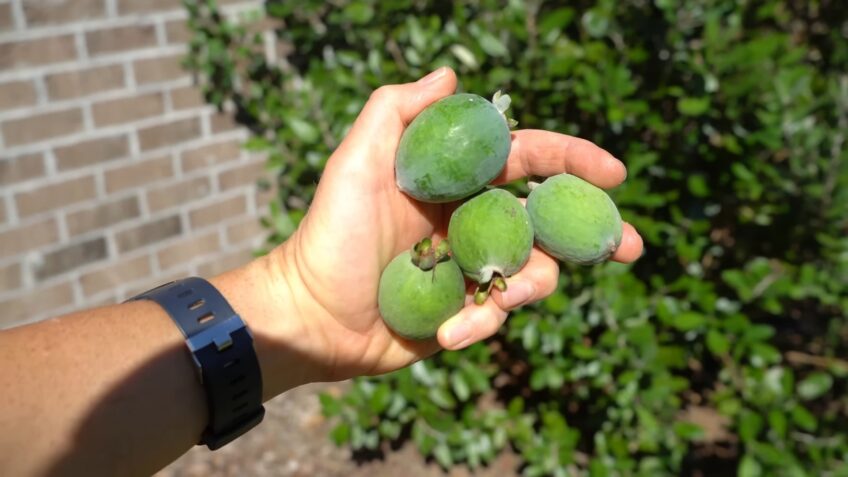
Feijoa is native to the highlands of southern Brazil, Uruguay, and other northern areas. It is a species of flowering plants that have cultivated widely as an ornamental tree for its fruit. The taste of the Feijoa is just like taking the best parts of the strawberry and pineapple.
The scientific name of Feijoa is Acca sellowiana, pineapple guava.
If you want to eat Feijoa, you need to cut them in half, and the brownish color is suitable to eat. The Feijoa is rich in vitamins C, B, E, and A. They also have enough amount of minerals, calcium, and magnesium.
Finger Lime
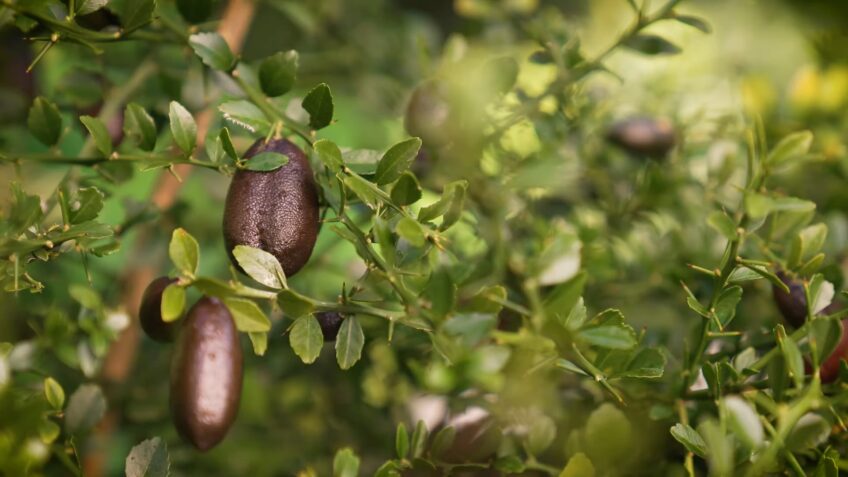
Finger Lime is a small tree, which is native to coastal regions of northeast Australia. The tree of finger lime has green, purple, or pink skin. The finger lime tree can grow 2 or 3 meters tall. You can grow a finger time tree in a pod, and the grown now it depends on you which method is comfortable for you.
The scientific name of finger lime is Citrus australasica.
You can use finger lime in dressings, jams, and sauces, cordials, and cocktails. If you store the finger lime in the refrigerator, they will last up to 2-3 weeks. Most people love to eat this fruit due to its delicious taste, preventing you from different diseases.
Forest Strawberries
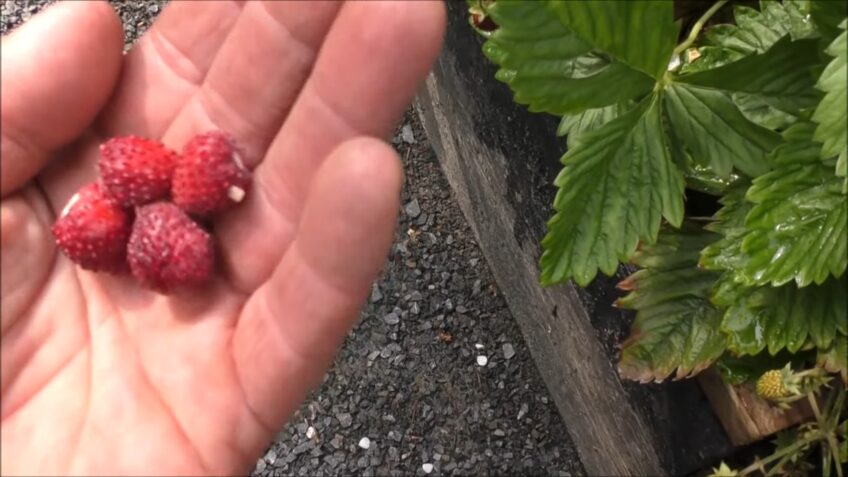
Forest strawberries are native plants that found in open fields. They are smaller than other strawberries available in the supermarket. Wild strawberries are not poisonous, and it’s suitable for eating. The wild strawberries have different flowers, and the leaves of it are dark green and shiny. Here is how long do strawberries last.
The scientific name of forest strawberries is Fragaria vesca, and it’s also called wild strawberries.
The wild strawberries produce the fruit through the summer season, and it needs 8 hours of sun daily to grow faster. The wild strawberries and super marketing strawberries are different from each other. If you want to know about it in detail, then read the difference between wild and mock strawberries.
Fibrous Satinash
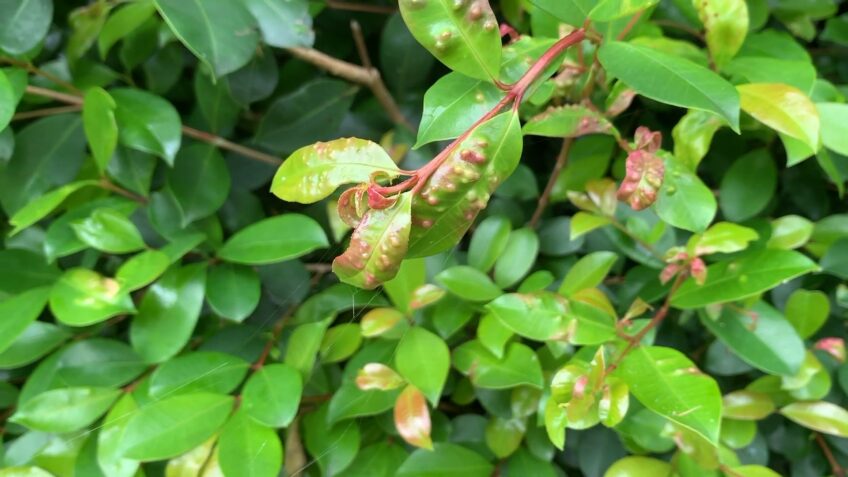
The Fibrous Satinash is native to Indonesia, Papua New Guinea, and Australia. The flowers of this fruit are cream with many stamens. The stamens are the essential organs of flowering plants that help in the reproduction process. The leaves of this fruit are opposite, smooth, and 5.5–11 cm long but 3.5–55 cm wide.
The scientific name of fibrous satinash is Syzygium fibrosum.
They come in different colors, but the pink and red have a graded spherical shape about 2 cm wide. It is used in jams and candy. The jams are made of fruit, sugar, and pectin, which are put into an airtight jar once cooked.
Florida Strangler Fig
Florida Strangler Fig is one of the ordinary plants in tropical hardwood. It is a wood that is made from dicot trees. It entirely twists its roots and body throughout a host tree. The seeds in the strangler fig have very tiny in the canopy. They grow 50 feet tall, and this tree occurred in 1999.
The scientific name of Florida Strangler Fig is Ficus aurea.
This shelf life of this fruit tree is impressive because they live hundreds of years. Few of them are still living, which have 1300 years old. Hundreds of animals eat strangler figs such as pigeons, parrots, hornbills, toucans, monkeys, gibbons, and other fruit-eating bats.
It is an important food source for thousands of animals. The fig trees are essential in the rainforest because it needs to grow in nooks and hollows on tall rainforest trees.
Fuji Apple
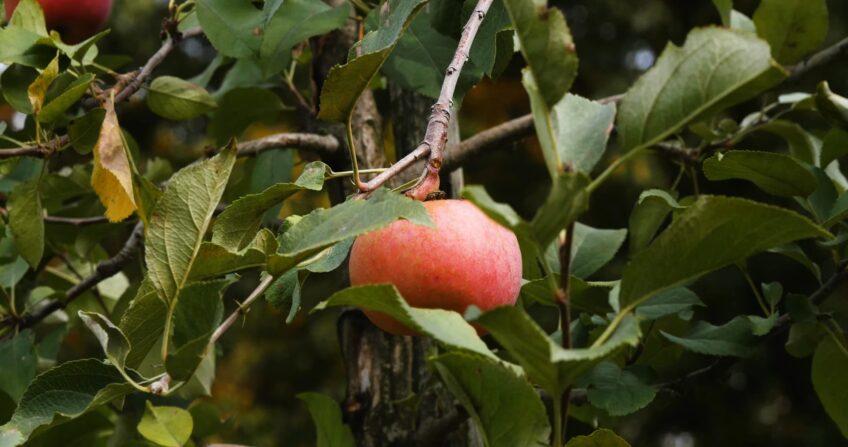
The Fuji apple developed in the 1930s in Fujisaki, Aomori, Japan, but it brought to the market later in 1962. The name of this apple derived from Fujisaki. The taste of the fuji apple just like honey, Fujisaki, Aomori, Japan.
The scientific name of the Fuji apple is Malus pumila, and it has developed while Tohoku Research Station.
The best place to store Fuji apple is the crisper drawer area in the refrigerator. Once you hold the apple in the fridge, It will stay fresh for a long time. While storing apple in the refrigerator choice is your you want to store it with a plastic bag or without a plastic bag.
Filbert
The reason why filberts called hazelnuts That Catholicism is responsible for hazelnuts which widely called filberts, Although the term filberts and hazelnuts used interchangeably. It is an egg-shaped nut which contains farinaceous, oily taste, agreeable to the palate.
The scientific name of filberts is Hazelnut and cobnut.
The tree of both filberts and hazelnuts are similar in size that’s why Filberts trees are also called hazelnut trees. The tree of filberts grows naturally with many trunks—98% of the hazelnuts produced in the US states. Filberts have the right amount of nutrients, vitamins, minerals, and antioxidants, which are very beneficial for our health.
Florentine Citron
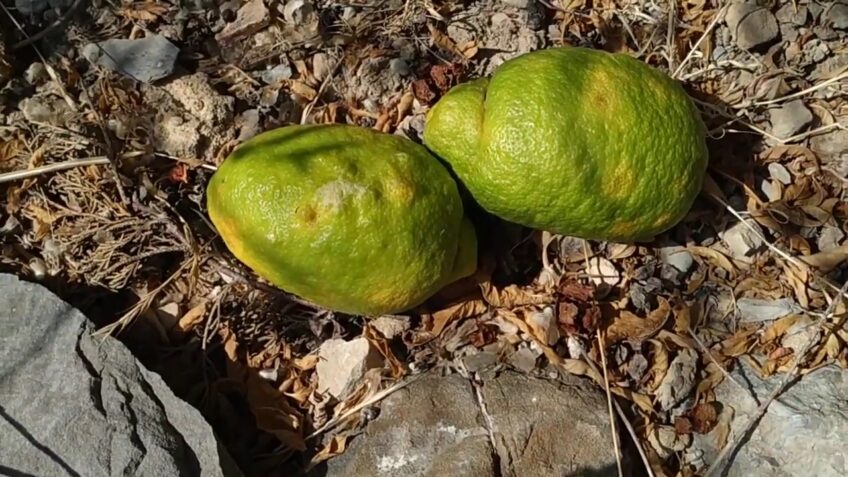
The Florentine Citron is a citrus fruit having a sweet smell. Citrus fruit is a fruit which taste is like lemon, orange and grapefruit. You can use citron in cooked or raw baked goods and salads. Are you confused that is citron a lemon?
It’s not lemon, but you can say that it’s the grandfather of lemon. Also in specific languages citron refers to the lemon, because of the taste of the citron resemblance—the rind of the citron specially used in cakes and puddings.
The scientific name of Florentine Citron is Citrus and limonimedica ‘Florentina’ Lush. It is native to the Florence.
The citron has many health benefits. It will boost your immune system, prevents cancer, and promote digestion.
Fox Grape
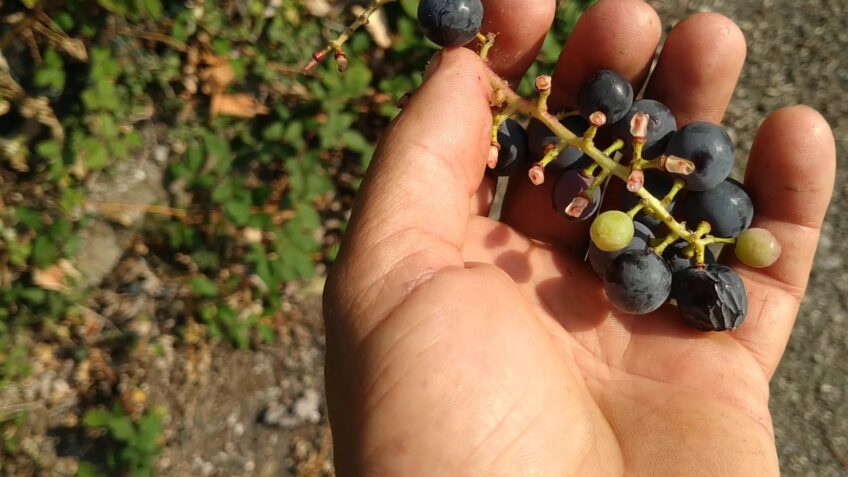
The skin colour of the fox grapes are usually purplish-black, and it has very thicked skinned. If you have dried grapes, it could be toxic for fox and dogs, So it will be better to keep away grapes from them. It is a typical wild grape and has sweet musky fruit of this vine.
The scientific name of fox grapes is Vitis labrusca.
Fukushu Kumquat
The fruit of the Fukushu Kumquat is slightly different in shape, and it has a small beautiful tree has a spreading form. In the spring season, it would be better to feed your Kumquat with a slow-release or citrus fertilizer.
The Kumquat is very high in vitamins C and A. The skin of this fruit is full of fiber and antioxidants which protect your cells. They are also cholesterol-free and low in fat and sodium.
The scientific name of Fukushu Kumquat is Fortunella obovata and Citrus obovata.
If you have a lot of Kumquat and you don’t know what you should do with these then apply these seven unique ways to use Kumquat.
Florida Cherry

Florida Cherry is known as many species of Eugenia, which have edible fruit. The Surinam cherries come in different colours such as red, orange, but they are edible when they are a deep blood-red. The Surinam cherries are rich in antioxidants which help to prevent us from inflammation and diseases.
The scientific name of Florida Cherry is Eugenia Uniflora, Surinam cherry and Brazilian cherry.
These fruits are very rich in phosphorus, Vitamin C, riboflavin, and iron. Surinam cherries have good health benefits they detach your food from the inside and outside germs. They also prevent your foods from getting moisture and dust, that becomes very helpful for us to extend the shelf life of food.
Final Thoughts
That’s it that was all fruits starting with f, After a lot of research, I found all these fruit that starts with f, I don’t think still there are more fruit available with the letter f.
Here you can see the list of vegetables that start with C.
Do you notice that we have missed any fruits starting with f? Leave a comment we will add them and update our articles.
Dr. Sophia Harrison, an authoritative voice in the field of medicine, is not only the founder of the illustrious Fischer Institute but also its main content curator, bringing a treasure trove of knowledge and expertise to her readers daily.
Also Read:
- 17 Fruit That Starts With S - Detailed List of S Fruits
- Fruit That Starts With N - Tasty and Nutritious Delights
- Fruit That Starts With v - Rare and Delicious
- Fruit That Starts With H - Healthy Letter Diet
- Overload: Major Side Effects of Eating Too Many…
- Can You Freeze Stewed Apples - Keep Your Fruit Fresh…

